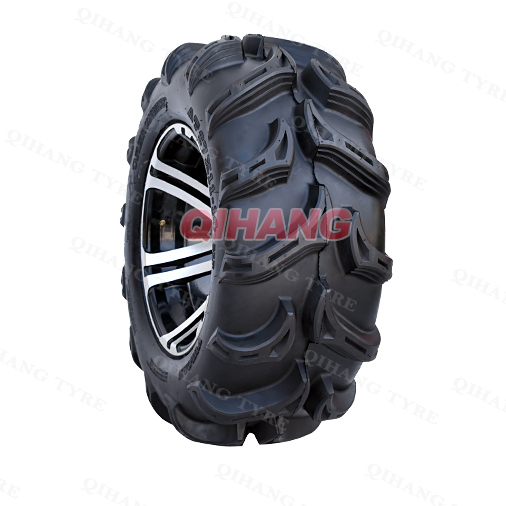There is no fixed standard for the replacement cycle of industrial tires, because it is affected by a variety of factors, including tire type, working environment, frequency of use, and maintenance status. However, based on some common experiences and guidelines, we can make a rough estimate of the replacement cycle of industrial tires.
In general, the replacement cycle of industrial tires may be between tens of thousands of kilometers and hundreds of thousands of kilometers. For example, the replacement cycle of some forklift tires may be shorter, because they are usually used for short haulings and frequent starts and stops, and wear faster. Heavy duty tires, such as mine tires, may have longer replacement cycles because they are designed to be more robust and able to withstand greater loads and harsher operating environments.
In addition to the number of miles used, the working life of the tire is also an important factor in considering replacement. Even if the mileage of the tire does not meet the replacement standard, if the service life is too long, the material of the tire may age, resulting in reduced performance and safety hazards. Therefore, many tire manufacturers will recommend replacing tires after a certain number of years to ensure their performance and safety.
In addition, the maintenance status of the tire will also affect its replacement cycle. If the tires are regularly properly maintained, such as regularly checking the air pressure, cleaning the tire surface, maintaining the proper load, etc., then their replacement cycle may be extended. On the contrary, if the tires lack the necessary maintenance, then their wear rate may accelerate, and the replacement cycle will be shortened accordingly.
To sum up, the replacement cycle of industrial tires is a complex issue that requires consideration of a variety of factors. In order to ensure safety and performance, it is recommended to check the condition of the tire regularly and decide whether the tire needs to be replaced according to the actual situation and the manufacturer's recommendation. If the tire shows serious wear, aging, cracks or other signs of damage, it should be replaced immediately to avoid safety hazards.


